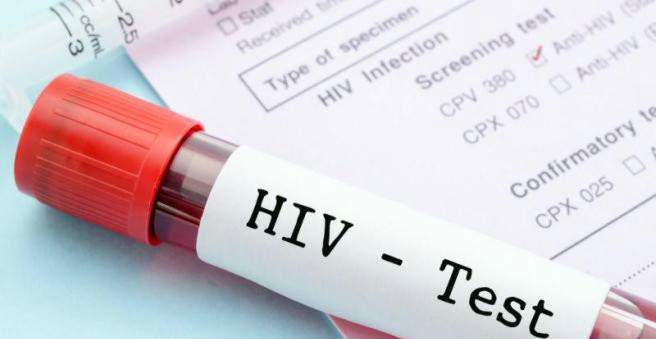An HIV test can be used to determine whether someone has been infected with the HIV virus (HIV) – the causative agent of AIDS. In order to be able to make a precise statement, two tests are always carried out. Also important for a meaningful result is the time of the investigation. Read more about how a rapid HIV test can prove which other tests there are and where you can get an HIV test!

HIV test: When and where?
An HIV test is a blood test designed to confirm or rule out HIV infection. He is colloquially called AIDS test. However, since the test detects the causative agent of AIDS, the HI virus, the term HIV test is more correct.
If you are worried that you have been infected with HIV, for example, through unprotected intercourse or a burst condom, you should get tested. Even if you and your partner decide to have sex without condoms in the future, an HIV test is recommended for both. Health department, family doctor, various specialists such as gynecologists and AIDS counseling centers are the right place to go. Since October 2018, self-tests for HIV in Germany have also been approved.
The general practitioner will first ask you in detail about her medical history (anamnesis). He then takes blood from you and sends it to a lab for further investigation. In AIDS counseling centers an anonymous HIV test is possible.
HIV test: obligation to register
If an HIV test in the laboratory is positive, this must be reported to the Robert Koch Institute (RKI), but without naming the patient – this remains anonymous for the RKI. The institute collects all reporting data to provide an overview of the current spread of HIV infection in Germany.
HIV test: blood donation
Since 1985, HIV testing has been routinely used in Germany prior to a blood donation. So one wants to avoid that by a blood transfusion the HI virus is transferred to the receiver. Some people use the blood donation as a regular HIV test, which is not advisable: Apart from the fact that an HIV test can detect an infection only some time after the infection, the blood donation test is not anonymous and you get one positive test result sometimes no further advice. It is therefore better to go to the health department: HIV test and AIDS counseling are offered there anonymously and free of charge.
HIV test: standard procedure
Typically, indirect testing is used to detect or rule out HIV infection. For a safe diagnosis two tests are made:
in the first test the patient’s blood is tested for antibodies against the HI virus. The body begins on average 22 days after infection with the formation of such antibodies. Surely they are present in the blood after three months and can then be detected in a so-called immunoassay. If there are antibodies against the HI virus, it is called a positive test result.
Due to the time window between infection and antibody formation, a negative test can only tell you about the time before the last three months. HIV-negative does not mean that a fresh infection can be ruled out.
The study on antibodies against HIV is called HIV rapid test and is colloquially falsely referred to as AIDS rapid test. The HIV test duration is about 30 minutes. The patient usually receives the result after a few days.
After a positive test result in the first proof will be confirmed second test carried out. Antigens of the virus are detected in the patient’s blood. Antigens are protein structures of the virus against which the antibodies are directed. Six weeks after HIV infection, the test becomes positive.
Only if a patient has been tested positive in both tests, he is considered HIV-positive.
HIV: PCR test
In some cases, HIV infections are detected by the laboratory via the genetic material of the virus in the blood (viral nucleic acids). The search for the viral genome is carried out by HIV-PCR test. PCR stands for polymerase chain reaction: The nucleic acids are first multiplied and then broken down by their properties. The genetic material is already detectable in the blood eleven days after infection, so this procedure is used, for example, in newborns of HIV-positive mothers.
HIV self-test for the home
Home HIV testing has been available in Germany since October 2018. The advantage is that they can be done easily and anonymously. This can lower the inhibition threshold for a test. They are as meaningful as a test at the doctor. A disadvantage of the procedure is that in advance no personal consultation takes place and one has in case of a positive test result no immediate professional care. If your test result is positive, consult your family doctor or an AIDS counseling center to discuss the next steps.
HIV test: blood count not suitable
HIV infection can not be detected by a simple blood count study. In the blood picture, the individual blood cells are determined in number and compared with the normal values. In the course of HIV infection, changes in the blood count may occur, such as a decrease in white blood cells (leukocytes). These changes are only useful to monitor the course of HIV infection. When HIV test a blood count can not be used.